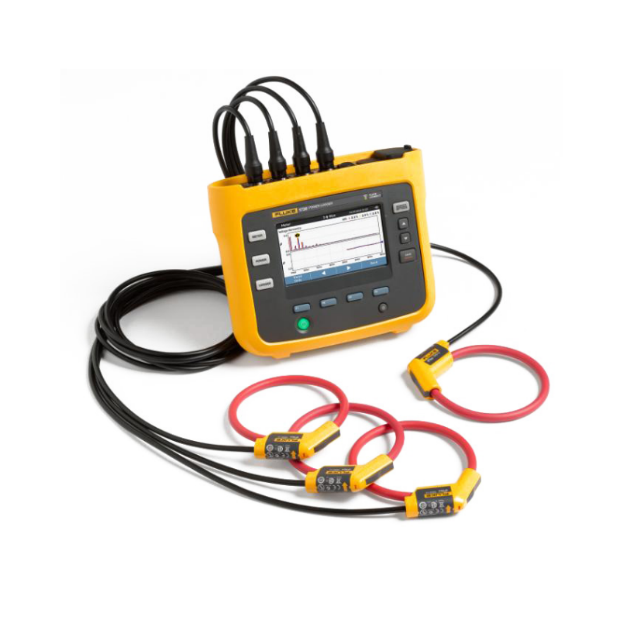What is an arc flash protection boundary?
The arc flash protection boundary is a critical safety distance around electrical equipment within which there is a risk of an arc flash event. An arc flash occurs when electrical current jumps a gap between conductors or to ground, creating a high-energy discharge capable of causing severe burns, fires, and equipment damage. The arc flash protection boundary marks the distance from the potential source of the arc flash where the incident energy could cause second-degree burns or more severe injuries to unprotected workers. Within this boundary, personnel must wear appropriate personal protective equipment (PPE) designed to withstand the potential incident energy levels.
The National Fire Protection Association (NFPA) 70E standard, often referenced in the industry, sets guidelines and best practices for establishing arc flash protection boundaries, aiming to enhance worker safety in high-voltage environments. The boundary distance is calculated based on specific conditions and electrical system parameters, as defined in NFPA 70E.

Why is the arc flash protection boundary Important?
The arc flash protection boundary is essential for worker safety. An arc flash can release immense energy within milliseconds, generating extreme heat, pressure waves, and sometimes molten metal particles. The protection boundary provides a safe distance where personnel can be free from the risk of life-threatening burns without PPE or other safety measures. By establishing this boundary, companies create clear zones where only authorized personnel with adequate protective measures can operate, thereby reducing the likelihood of severe injury or fatal incidents.
Additionally, the arc flash protection boundary helps companies comply with safety standards, ensuring that electrical systems are maintained and operated within regulatory requirements. Adhering to the protection boundary guidelines also emphasizes a culture of safety, encouraging awareness and adherence to safety protocols within the workforce.
How to Calculate the Arc Flash Boundary
The arc flash boundary is determined by calculating the incident energy at specific distances from the source of a potential arc flash. The incident energy is the amount of thermal energy (expressed in calories/cm²) a worker could be exposed to during an arc flash event. Calculations take into account several factors, including:
Available Fault Current: Higher fault currents lead to higher energy releases, impacting boundary distance.
Arc Duration: Longer arc durations increase incident energy, extending the arc flash boundary.
System Voltage and Configuration: The type of electrical system, voltage levels, and protective device settings affect the boundary distance.
The IEEE 1584 standard provides methodologies and empirical formulas for calculating incident energy and, consequently, the arc flash boundary. Calculations typically start with gathering electrical parameters of the equipment, followed by determining the arc fault current and energy released over time. Software tools are often used to streamline these calculations and ensure accuracy, especially for complex systems.
In practical applications, engineers may conduct a hazard analysis to map out multiple boundaries, including the arc flash boundary, and adjust for varying equipment configurations, protection device responses, and operating conditions.
What are the relationships of Arc Flash Boundary, Limited Approach Boundary, and Restricted Boundary

Arc flash boundaries are part of a hierarchy of safety boundaries established to protect workers from electrical hazards. NFPA 70E defines three main approach boundaries around energized electrical equipment:
Arc Flash Boundary: This is the outermost boundary, calculated based on the potential incident energy during an arc flash event. Personnel entering this boundary must wear appropriate PPE to guard against potential thermal energy exposure.
Limited Approach Boundary: This boundary defines the area where unqualified personnel should not enter without proper supervision, even if arc flash protection is not required. Only qualified individuals familiar with shock and arc flash hazards are allowed to approach closer to the equipment.
Restricted Approach Boundary: This is a more stringent zone where only trained and authorized personnel with PPE are allowed to enter. Entering this boundary typically requires an energized work permit and adherence to strict safety protocols, as it presents a higher risk of both shock and arc flash hazards.
These boundaries work together to establish a layered safety protocol for electrical work, with each boundary providing a distinct level of protection against electrical shock and arc flash hazards. The arc flash boundary specifically addresses thermal risks, while the limited and restricted boundaries address proximity to energized equipment and shock hazards.
Conclusion
The arc flash protection boundary is a fundamental safety measure designed to protect workers from the intense heat and energy of an arc flash. By defining and calculating this boundary accurately, workplaces can mitigate risks, ensuring that only authorized and protected personnel enter potentially hazardous areas. Understanding the relationships among the arc flash boundary, limited approach boundary, and restricted boundary provides a comprehensive framework for electrical safety, fostering a secure environment that prioritizes employee protection and regulatory compliance. Moreover, you also can use arc flash relays to protection electrical safety.






